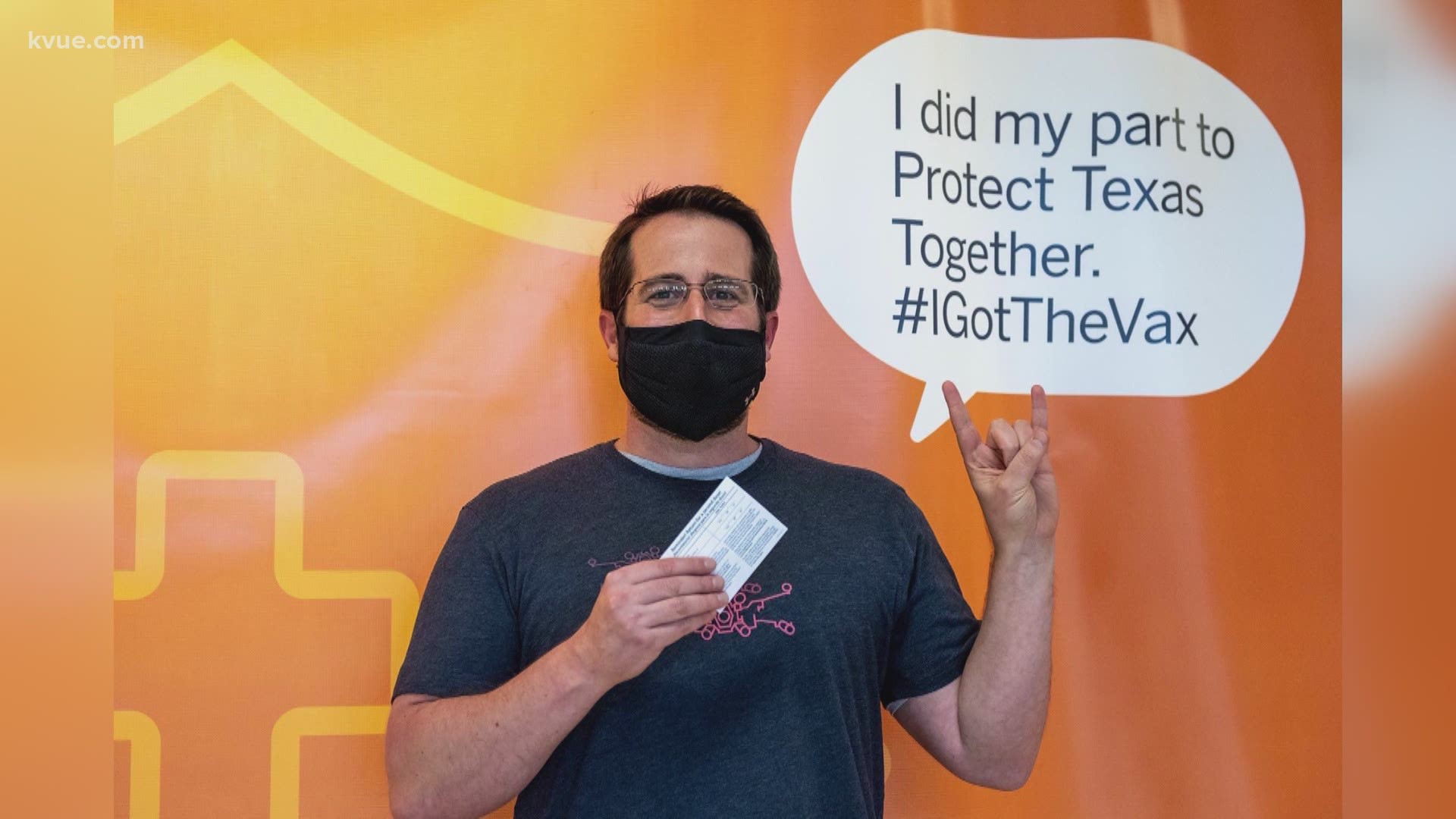AUSTIN, Texas — It was in late February of 2020 when biologist Jason Mclellan and his research team at the University of Texas created a key protein found in the Pfizer, Moderna and Johnson & Johnson COVID-19 vaccines.
His team created the first 3D atomic scale of the key protein from the coronavirus that attaches to human cells.
Mclellan let KVUE have an inside look at his lab and the map of the spike protein, which was an essential step that led to other researchers being able to create vaccines.
Now one year later, we asked him how it felt to finally get the vaccine after working tirelessly for the past 12 months.
"While waiting for my turn, my wife, parents, sister, were all vaccinated so I was really excited about that and people reaching out on Twitter," said Mclellan. "Of course I really wanted to be vaccinated to take part of all this, and having a protein that we helped create be injected into my arm or the RNA codes of that protein be injected into my arm, it's pretty cool."
His team is now working on continued vaccine research, so when the next virus potentially emerges, there can be vaccines already on hand.
PEOPLE ARE ALSO READING:

